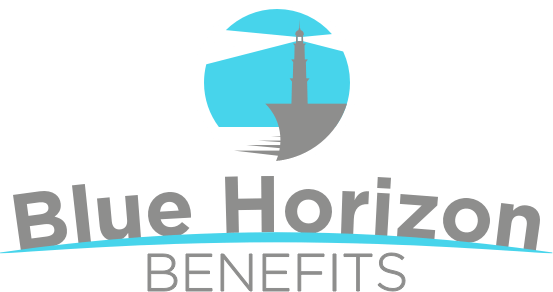Trends Shaping Health Insurance and Health Care In 2020
As a new decade begins, the health insurance industry is on the cusp of making a leap towards improved, higher-tech management of health plan participants.
A recent paper by Capgemini, an insurance technology and consulting firm, predicts the following trends that will be taking shape in the health insurance industry and how they may affect businesses that are paying for their employees’ coverage.
1. Realigned relationships — Insurers are trying to shift risk between themselves and pharmaceutical companies in an effort to reduce drug outlays. The report says insurers are also working more closely with health care providers for early intervention in medical issues that may be facing participants. Addressing health issues early can reduce long-run treatment costs.
2. Fluid regulations — As we’ve seen, just because the Affordable Care Act became the law of the land, the regulations governing health care and health insurance have continued streaming out of Washington. If the last two years are any guide, this will continue to be the case. Also, the constitutionality of the ACA is now being litigated once again after an appeals court upheld a lower court’s ruling that the individual mandate is unconstitutional.
3. Increasing transparency — More stringent regulations, along with President Trump’s recent executive order to improve price and quality transparency, are forcing the health care industry and insurers to become more transparent in their pricing.
One of the biggest focuses is on the drug industry and the role of pharmacy benefit managers, the largest of which have been criticized for being opaque in their pricing, discounts and how they handle drug company rebates.
Also, insurers are increasingly providing detailed information regarding services covered under their health plans, claims processing and payments. Additionally, some insurers are helping enrollees to make more informed decisions before they use a health care service by providing digital tools to help them reduce out-of-pocket expenses.
4. Predictive analytics — Health insurers are using predictive analytics for risk profiling and early intervention for enrollees with health issues. Predictive analytics provide insurers with insightful assessments of potentially high-risk customers, in order to mitigate losses.
With advancements in technologies such as big data and connected devices, insurers now have access to vast amounts of customer data, which can be used to remind people it’s time for their check-ups, medications and other necessary medical services.
Insurers are using predictive analytics to identify and monitor high-risk individuals to intervene early and prevent further complications. This in turn can help reduce claims.









